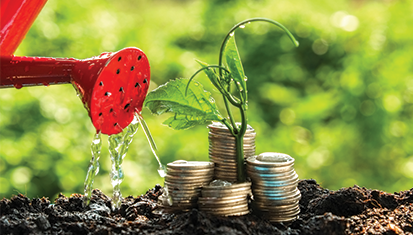The impact of the Recovery and Resilience Facility on Member States’ energy sectors
The unprecedented Recovery and Resilience Facility (RRF) provides over 720 billion EUR to Member States in grants and loans, which is the central pillar of NextGenerationEU. The RRF aims to support structural reforms and investments that enable Member States to address the economic impacts of the COVID-19 pandemic and boost a strong and sustainable recovery. A minimum of 37% of the funds is used to support climate objectives
The Directorate-General for Energy (DG ENER) commissioned Ecorys to conduct a study on the impact of the RRF on energy-related measures and corresponding financial solutions, as presented in the national Recovery and Resilience plans (RRPs). In the Consortium, Ecorys collaborated with Ramboll and VIS Consultants.
The study focused on two interrelated topics. First, the study focused on the impact of reforms and investment measures on reaching the energy and climate targets of Member States. The study found that the proposed measures contribute to reaching existing energy and climate targets and that the majority of energy-related measures target sustainable transport and energy efficiency in buildings. Second, the study focused on the impact on the use of financial instruments in energy projects. The study focused in particular on the impact of the RRF on the development of the market for financial instruments, as well as on synergies between the RRF and other (European and national) financing solutions.
The key conclusions of the study are the following.
- A majority of Member States opted to fully rely on grant-based measures for energy projects, as only 8 Member States included financial instruments for energy-related projects in their RRPs.
- The reasons for not including financial instruments in Member States to-date were mostly practical; one of the main reasons being that financial instruments were not mandatory as a delivery mechanism under the RRF.
- However, the RRF led to the uptake of some financial instruments, especially in energy efficiency, which implies that there was at least some positive impact on the use of financial instruments.
- Several good practices regarding the financial instruments were identified, including for example knowledge sharing and reusing pre-existing financial instruments and using a central investment platform for ensuring coordination, transparency and complementarity of funding.
Based on the key conclusions, the study provides policy recommendations regarding measures to assess the impact of the RRF on achieving energy targets and complementary measures to ensure a long-lasting effect on the RRF and suggestions for future research.
For more information, please read the full report or contact our Laura Heidecke or Michael Flickenschild.

21 June 2022
2 minute read


